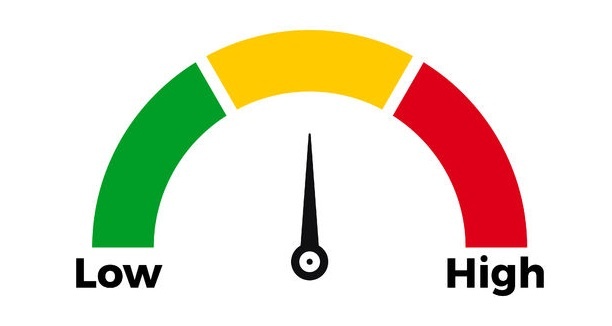Historically, one of the best ways for marketers to generate leads online was to create gated content. You’d write useful, compelling content in the form of white papers and ebooks, and people would give you their contact information in return.

However, the pendulum is swinging. With so much open content available online, competing gated content is taking a hit. Consumers don’t want to give up an email address for something they can get for “free.”
This leads us to an important question: Do we continue to gate content, which shortens the lead acquisition process, or do we leave it open for the whole world to access for free?
Like most things in business, the decision should be made on a case-by-case basis.
What’s More Important: A Name in the Database, or Web Traffic?
Your answer to that question is a good starting point. If you’re after web traffic, leave the content ungated. If you want leads, you should gate it.
But you should also take into account your business model and sales journey. Consider this: If you manufacture satellites, you likely have a long sales process requiring multiple conversations and negotiations. That could be a good indicator that gated content is a better fit.
If you’re selling fidget spinners, however, it’s a different story. Your customers know exactly what they want, can get it anywhere, and likely have no interest in fidget spinner-related content that requires them to give up their personal information.
Market research can also help you decide. If your fellow satellite manufacturers feature a number of blogs on how satellites operate in space, that’s a good indicator you shouldn’t gate similar content. Why would anyone “buy” it with their email address from you if they can get it for free? Conversely, if everyone is gating a certain piece of content, you could stand out by turning the information into blogs.
The truth: A Name in the Database and Web Traffic are both important!
At HEEDGroup, we help our clients conduct a content audit and ascribe value to the different pieces of content bucketing them into 3 categories: Low Value, Medium Value, and High Value.
LOW Value Content
The content classified as low value content is content that is easily accessible anywhere. This is content that you provide as a convenience but it doesn’t necessarily differentiate your brand/organization as an expert on a specific topic. We call this Free content or content that is not gated.
MEDIUM Value Content
The Medium value content, is content that is brand building and may even be high quality content that you paid to have it created for your organization: videos, white papers, checklists, etc. These pieces of content may be your loss leaders as they tend to drive or increase traffic to your site through social and search. These can still be industry specific research reports covered by you or your competitors but the difference in Medium Value Content is that it is not widely available and it should contain your position or stance on the topic covered in the asset. As mentioned before these are the brand building and traffic generating content assets you make available on your website.
HIGH Value Content
The next bucket of content is High Value content that should always be gated. This High Value gated content is content that only your company can provide your prospects and customers. This is usually educational content (whether it’s a cost analysis of a certain solution or a specific How-To for solving an industry solution that only your company provides). The point here is that, only you can provide this content. This content should be shared on your high traffic’d web pages and should be downloadable from a gated landing page for tracking purposes.
There’s another level of content strategy that you should research and we will probably cover it here on our blog too. And, that is content aligned to the buyer's journey. This approach requires more details and analysis before implementing. As a first step, try our HEEDGroup approach of Low, Medium and High content categorization.